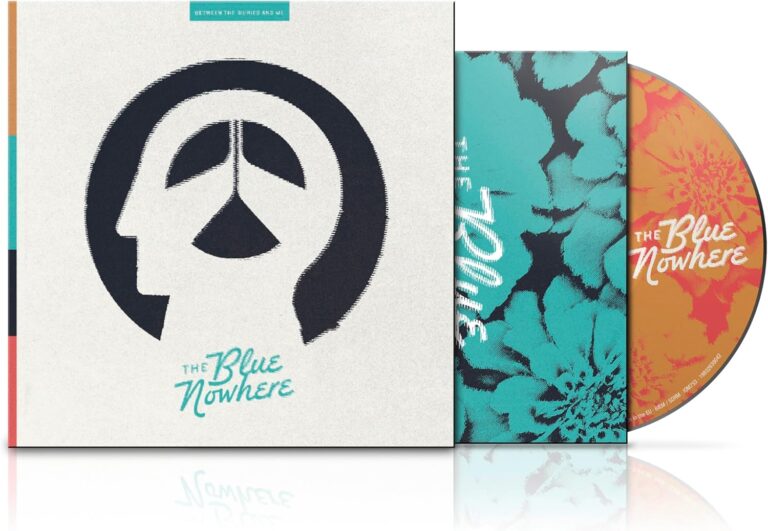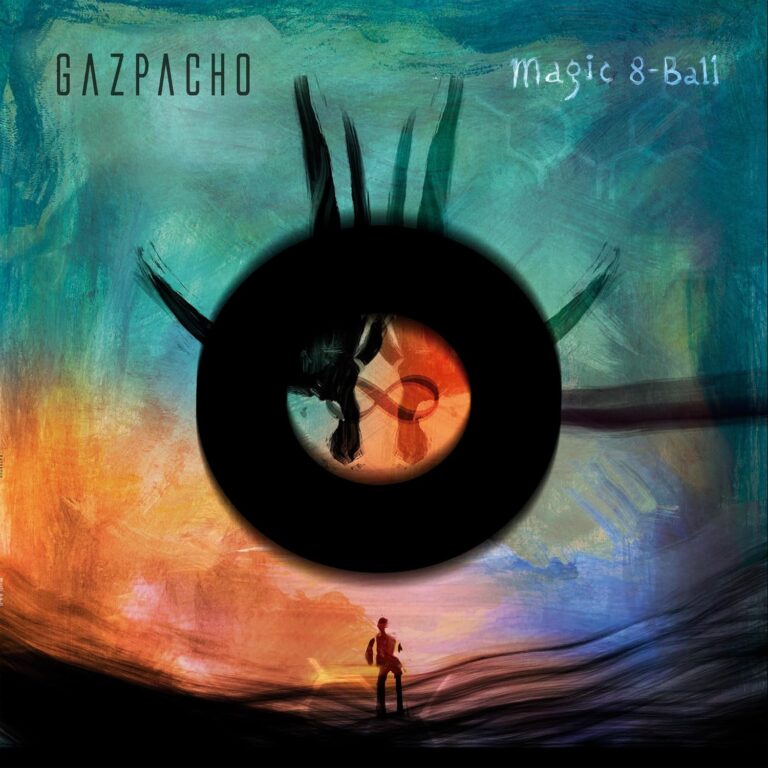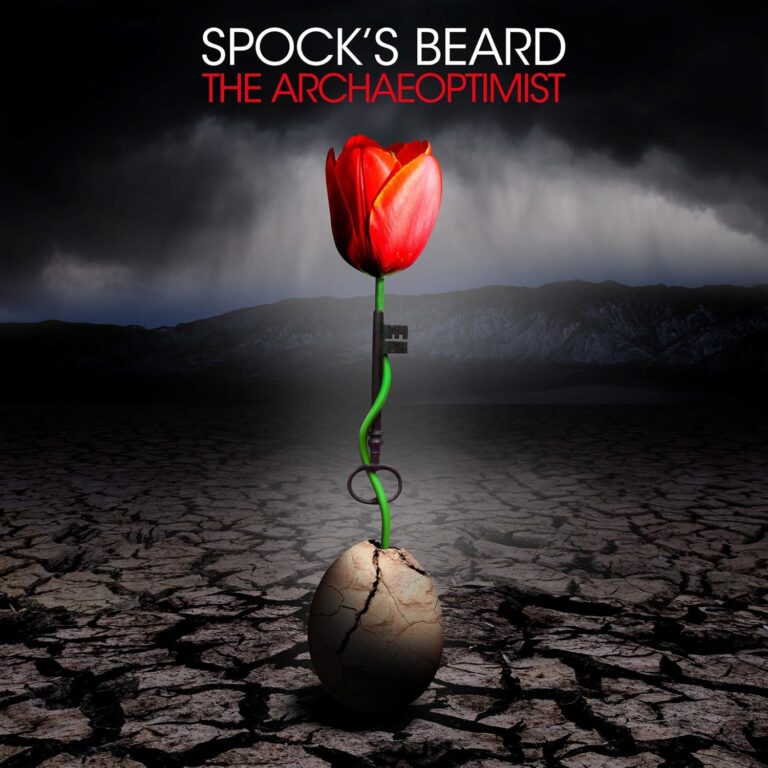
Formed in New Delhi in 2016, Bloodywood quickly left behind their somewhat novelty, cover band origins to make an impressive name for themselves, with second album Rakshak successfully fusing Indian folk music, nu metal, and rap metal into a coherent, expansive sound. With hard hitting lyrics that tackle some of the darker fringes of Indian politics (including sexual assault), as well as more personal issues such as depression,Rakshak saw Bloodywood effectively arrive on the global stage, earning high praise from metal publications across the board.
With three years having passed since that album, Bloodywood have spent their time wisely, honing their sound on the stage, and developing their much anticipated third album. Titled Nu Delhi, it pays vibrant tribute to the musical scene of the band’s hometown, with the resulting sound clash building nicely upon the groundwork of Rakshak. Clearly eager to step outside of their comfort zone, the band introduce new influences into the mix, including a collaboration with BABYMETAL that adds additional colour to their sonic arsenal.
The album kicks off with the eerie, cinematic Halla Bol, which emerges from a rhythmic invocation as the band unleash stabbing riffs and a heavy dose of nu-metal attitude. Caught somewhere between Disturbed, early Slipknot, and Dog Fashion Disco, the swirling synths help to draw the band’s whirling sound clash into this decade, while the vocals tie the album neatly to the band’s Indian heritage.
Dark rhythms help to drive Hutt forward, elements of Sepultura’s Ratamahatta floating through the mix, albeit with a far more overt hip hop influence. A bouncy track, custom made for the mosh pit, it plunges the listener into a devastating breakdown that is guaranteed to ignite the crowd, before a short Indian-folk coda wraps things up. Next, Dhadak positively explodes amidst a dayglo outpouring of jabbering noise – part nu-metal banger, part South Asian pop-rocker – the band slipping easily between their various influences. Rounding out the first side, the neon insanity of Bekhauf (Fearless) finds the band joining forces with BABYMETAL (in a move guaranteed to annoy metal purists), for a gloriously over-the-top-track that packs in aggressive EDM synths, pummelling guitars, schizophrenic beats and, over the song’s expansive chorus, BABYMETAL’s melodic vocals. It’s a total blast, and you get the sense that both acts really enjoyed collaborating on this.
Opening up the second half of the album, the hard-edged Kismat juxtaposes a mid-tempo post-grunge verse with a swaggering nu metal chorus, before the band deploy an epic djent riff that comes out of nowhere, swiping the listener aside with an arrogant flick of its wrist. It’s followed by the brisk Daggebaaz, a full-tilt rap-metal monster that takes Sevendust, early Bizkit, Slipknot, and a huge swatch of Indian folk music to deliver one of the album’s most memorable mosh-pit killers.
An eerie, cinematic vibe pervades the opening to Tadka, although the stinging riff that follows is brutally streamlined, giving way to one of the album’s smoothest raps. Likely a little too polished for some, it still packs a gnarly punch with its jabbering chorus. The album wraps up with the colourful Nu Delhi, the band’s ode to the music scene emerging from their home country and a fine conclusion to this larger-than-life record. Basically a summation of Bloodywood’s myriad unique strengths, it combines a rap verse with taut riffing, massed rhythms, and the sort of addictive shorts that’ll live rent-free in your head for weeks. If you pick only one track to convince you of the album’s brilliance, pick this one.
Overall, Nu Delhi is Bloodywood’s finest album to date. With catchy melodies, hard-charging riffs, and committed performances, it delivers the goods and will surely set pits around the world alight when the band take it on tour. Heavily influenced by both nu metal and hip hop, there are moments that are arguably a little too streamlined – the likes of Tadka for example but, even if the band do dabble with the odd radio friendly moment, they always manage to drop in a heavy-ass riff somewhere along the way.
What truly lies at the heart of Bloodywood’s appeal, however, is the way they have so neatly interpolated Indian influences into a genre once indelibly associated with the West (and America in particular), giving rise to a version of nu metal that is uniquely theirs in the process. With so much of the world in turmoil, and with isolationist politics once more on the rise, it’s good to be reminded that multiculturalism is about sharing culture in all its forms, creating something new in the process – something that Bloodywood have neatly mastered. 8/10




